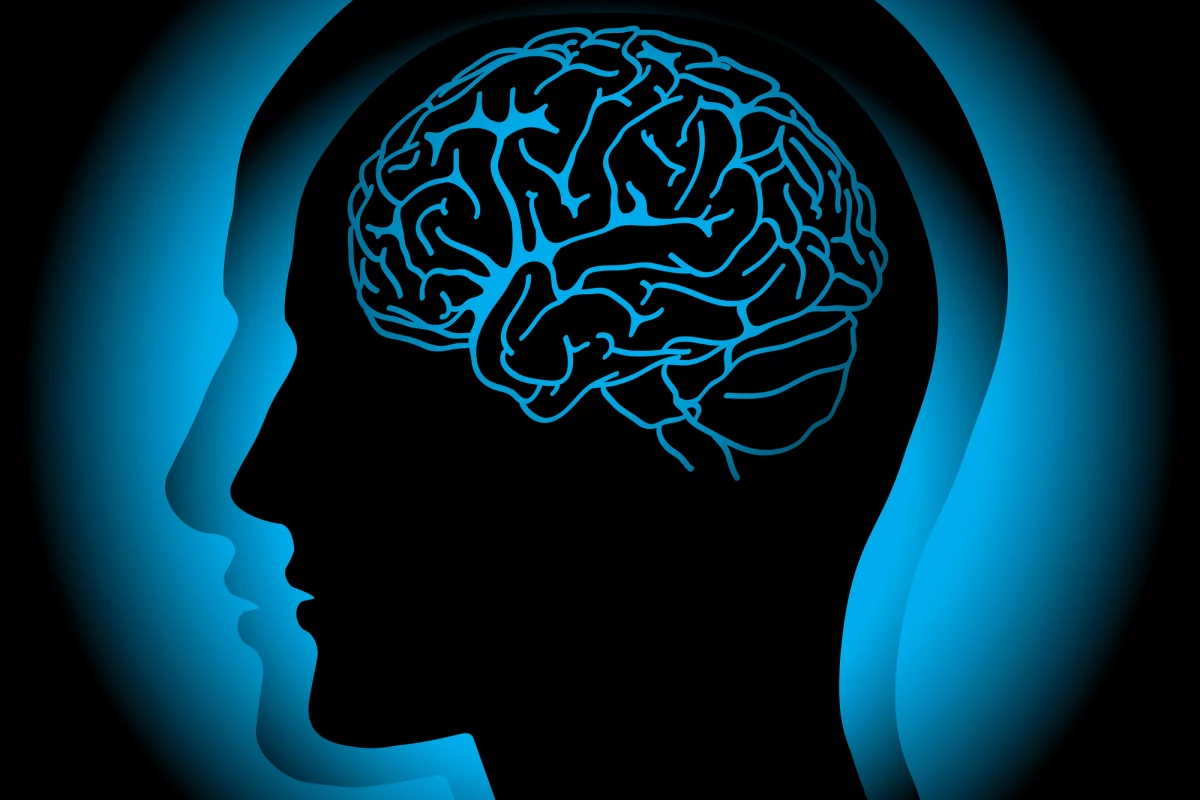The repeated concussions experienced by athletes in contact sports can have grave consequences later in life, increasing chances of developing a range of neurodegenerative diseases. A new study has explored the connections between these brain injuries and an insidious degenerative condition called chronic traumatic encephalopathy (CTE), and shown how a new drug may be able to prevent it from taking hold.
CTE can only be definitively diagnosed post-mortem when the brain tissue can be properly assessed for signs of degeneration and deposits of tau proteins that form destructive tangles. The condition is thought to result from repeated blows to the head, the type experienced by boxers and NFL players. It has a long list of symptoms that include memory loss, confusion, depression, and is associated with the development of dementia.
Scientists at the University of South Australia have led a first-of-a-kind international study investigating the relationship between repeated brain injuries and the onset of CTE. Through experiments in rats, the scientists showed that sustained traumatic brain injuries lead to tau tangles through the release of a neurotransmitter named substance P, which causes an abnormal buildup of tau proteins inside neurons.
With this new knowledge came a new opportunity to intervene. The scientists treated the rodents with a drug to target specific enzymes involved in the release of substance P, which was found to reduce the formation of the tau tangles and led to improve neurological outcomes.
“Tau protein tangles are a feature of CTE, which reportedly leads to memory problems, confusion, personality changes, aggression, depression and suicidal thinking,” says study author Professor Bob Vink. “Our research shows that by blocking substance P with a specific drug, we can prevent the tau protein tangles from developing in the brain and causing neurological problems.”
The results of the study shed light on the sequence of events between concussion and the formation of damaging tau tangles that led to CTE, and implicate substance P as a new culprit in the process. Drugs that target this neurotransmitter may prove a viable way to intervene in the development of CTE in patients suffering from concussion, and the scientists hope to explore these possibilities in human trials, though they note the complexities around these next steps due to the condition only being diagnosable after death.
The research was published in the journal Scientific Reports.
Source: University of South Australia




